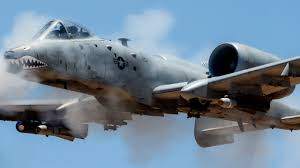Those are not the 5 items for OPP. They are:
1. provide the manufacturer with the design or performance data from which to make the part, or
2. provide the manufacturer with the materials to make the part or,
3. provide the manufacturer with fabrication processes or assembly methods to make the part or,
4. provide the quality control procedures to make the part or’
5. personally supervised the manufacturer of the part."
When this came up initially, I stated that based on what was first said, that I could see why the FAA had an issue. One owner sent a part to be duplicated. The shop created a drawing, made the parts and shipped the part with the drawing to the other owners. So, other than the owner that shipped the shop the part to be duplicated, the other owners did not do 1, 2, 3 or 5.
IMO, if the original owner got the drawing, distributed it to the other owners, who then send a copy to the shop to be part of a group production, they would have met 1 and possibly 3, if they were included in the drawing. Yes, this ends up at the same end point, but the path is different. And it meets what the regs say.
It was not clear from the original postings that the owners did the QC upon receipt (measuring to make sure that the part complied with the drawing). If they did, and I would have documented doing so, they would have met 4.

